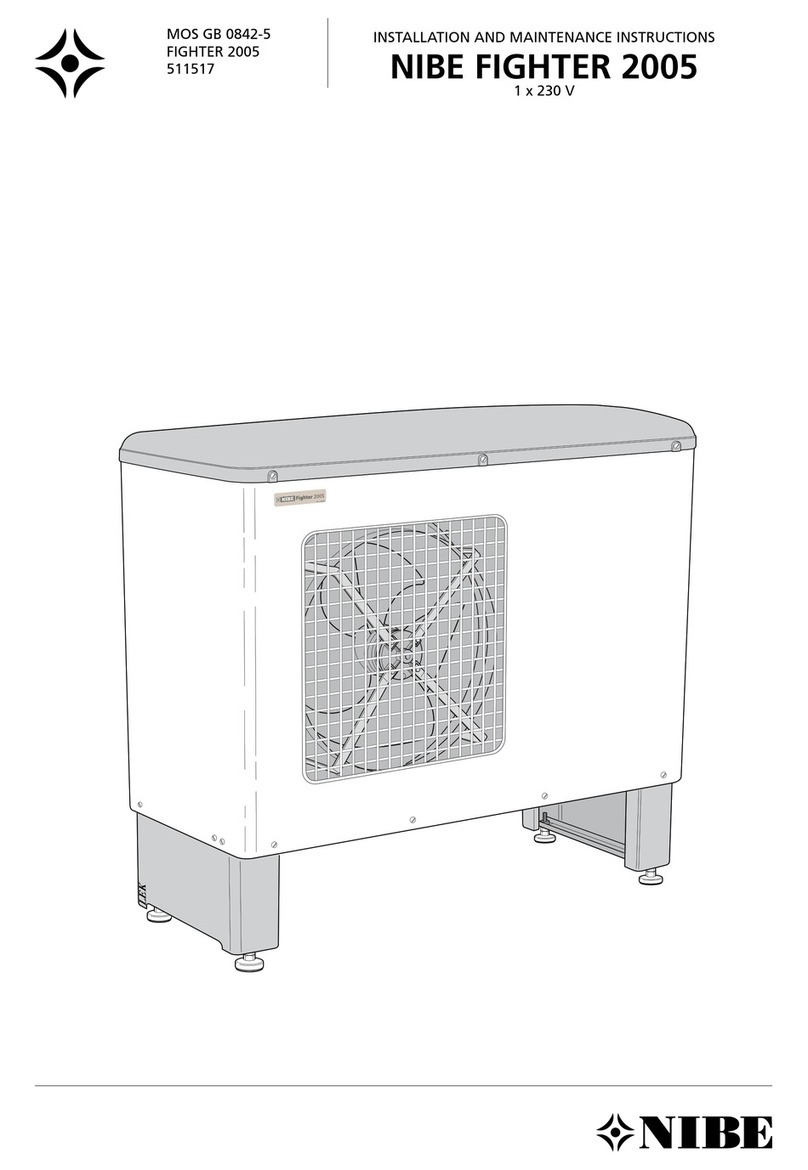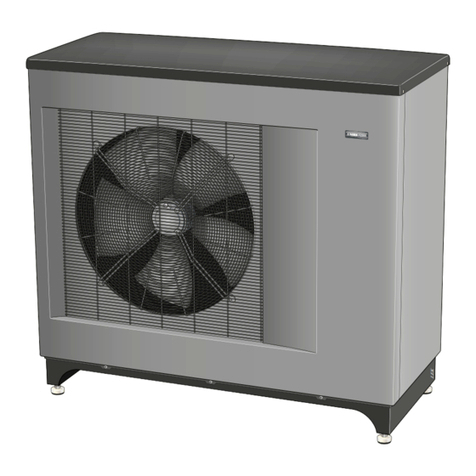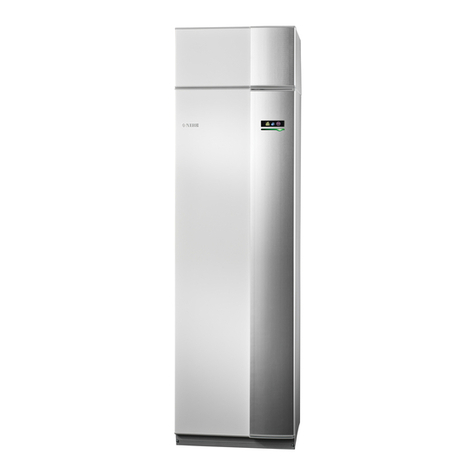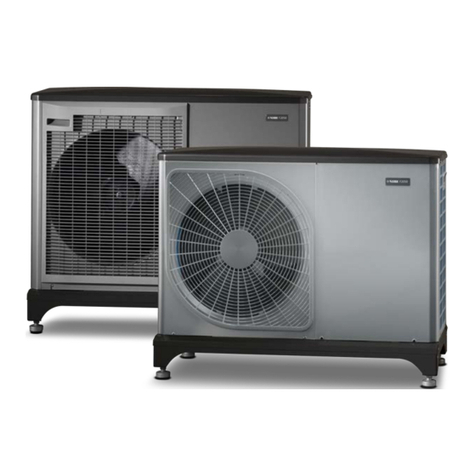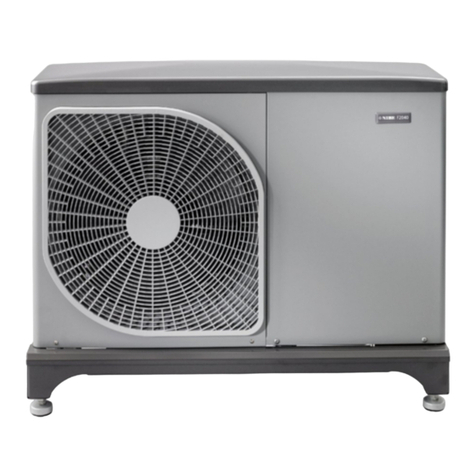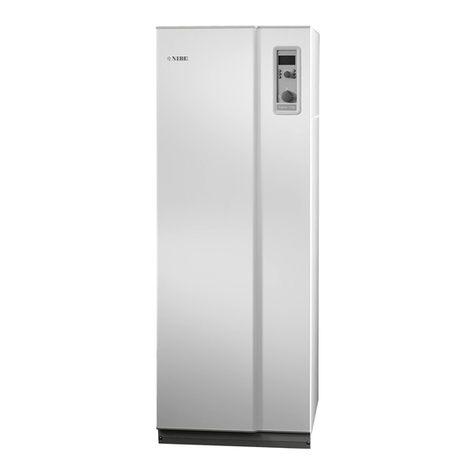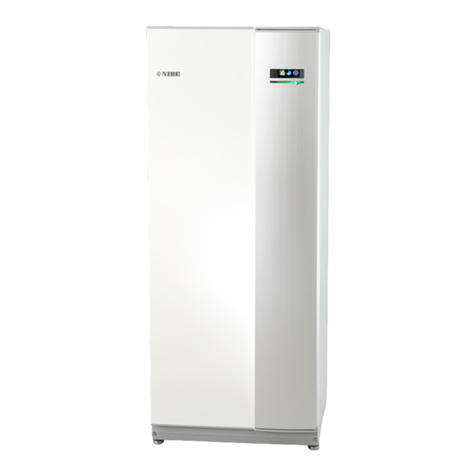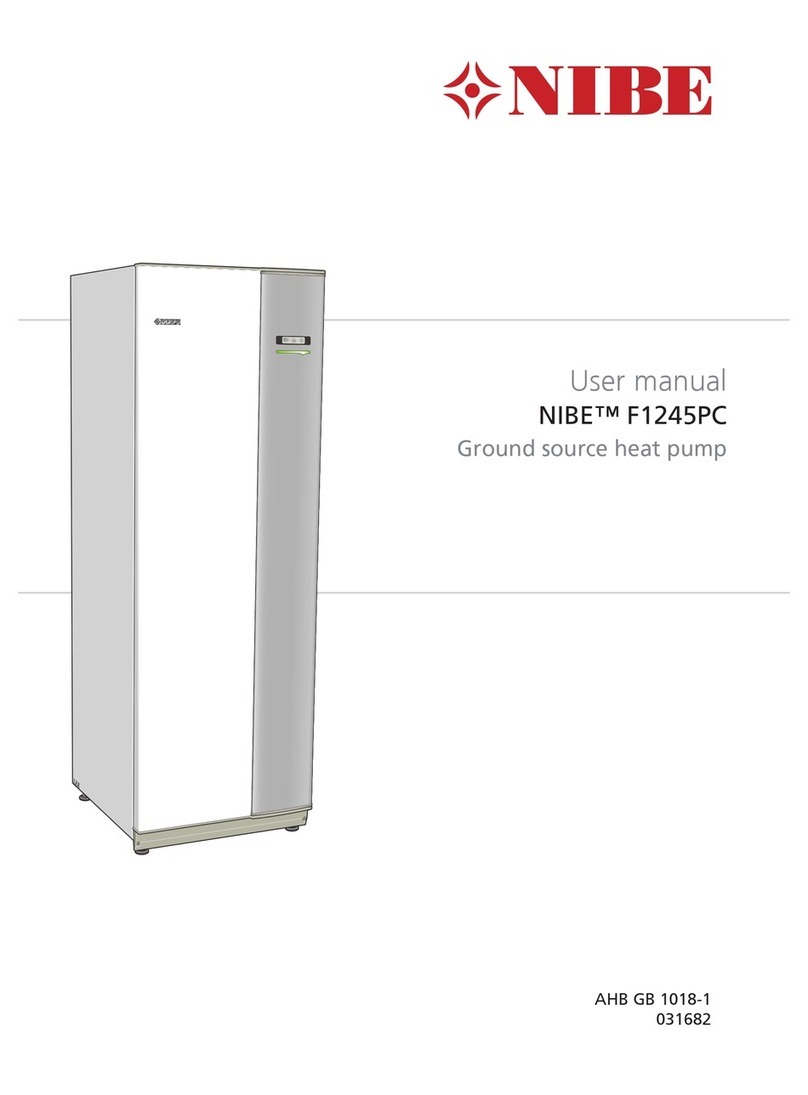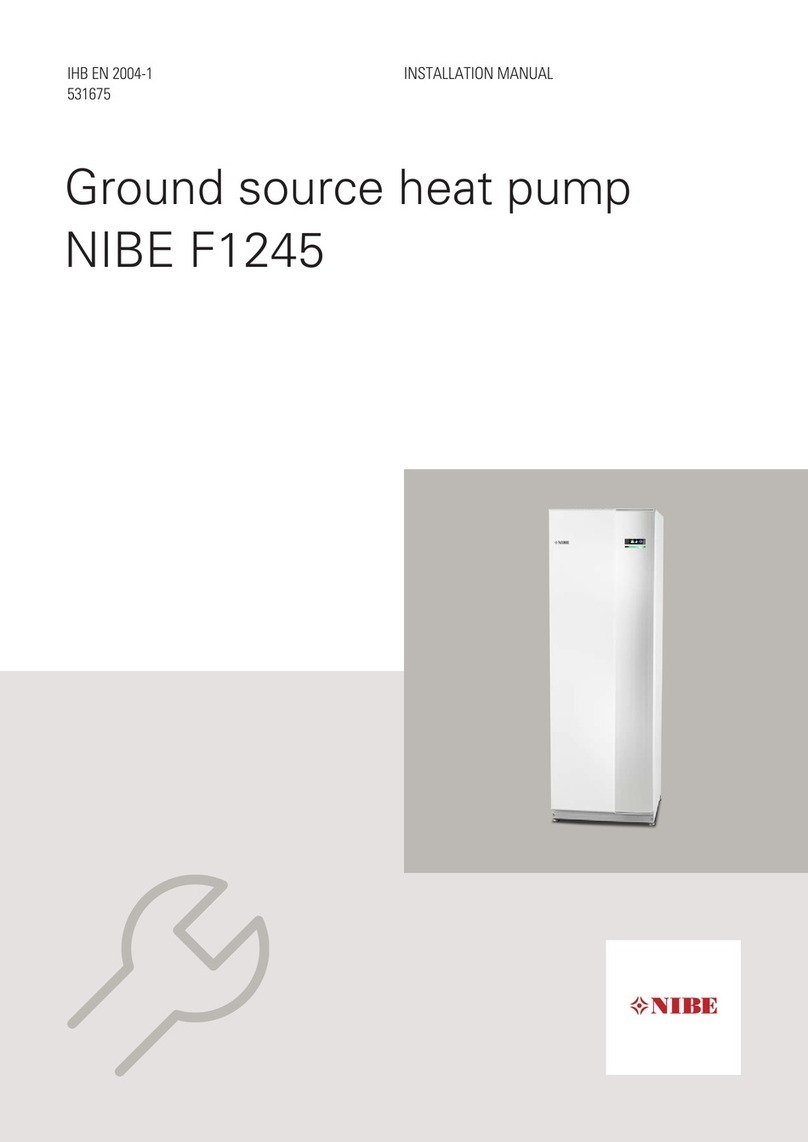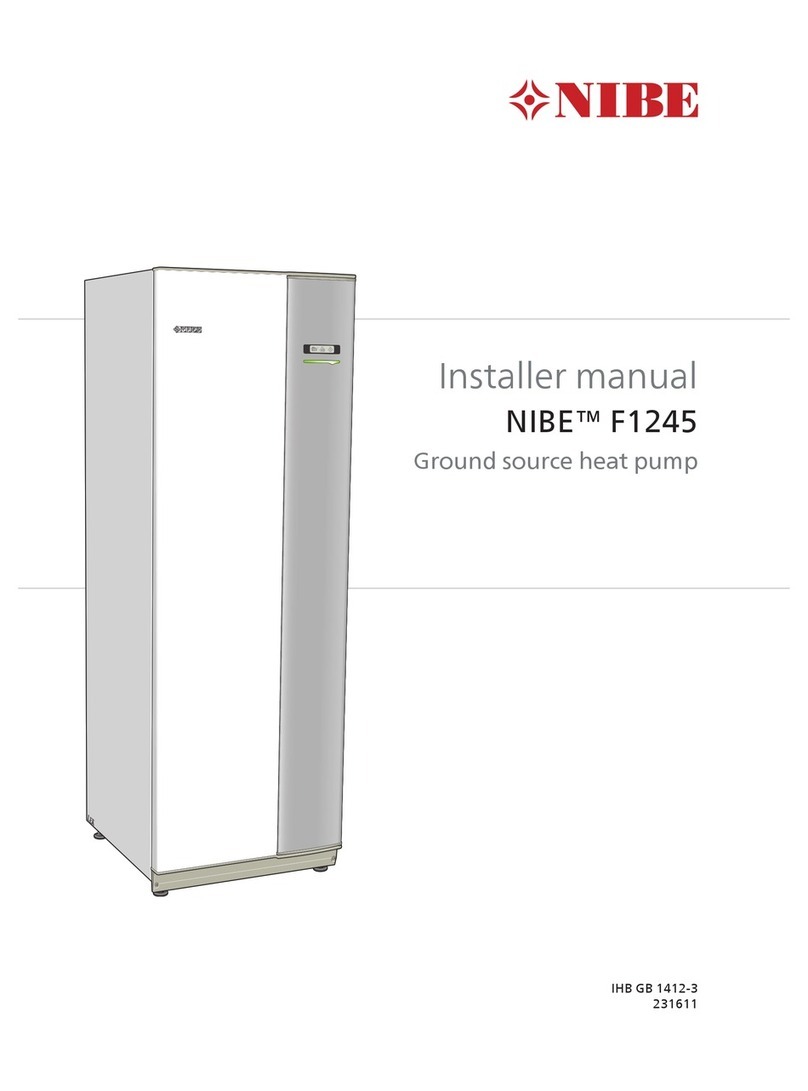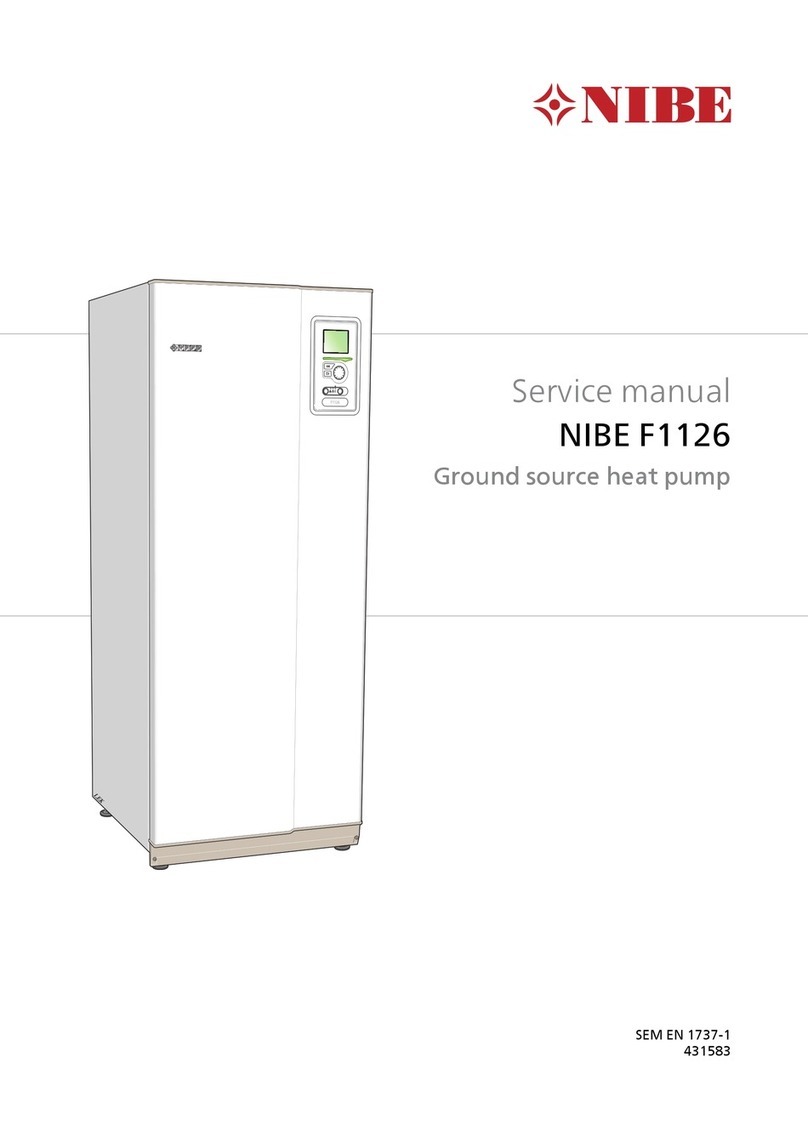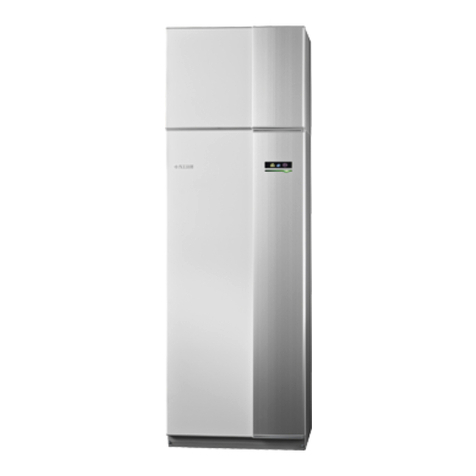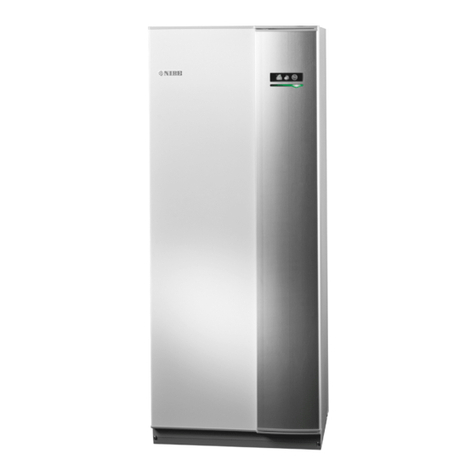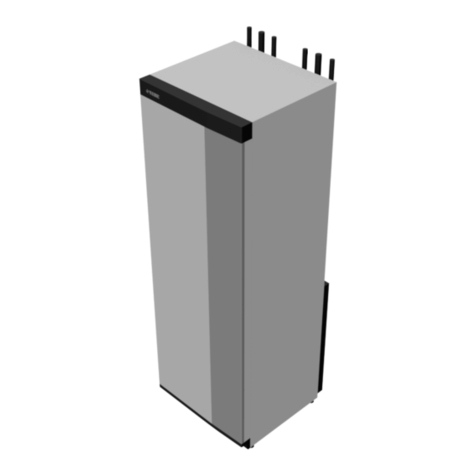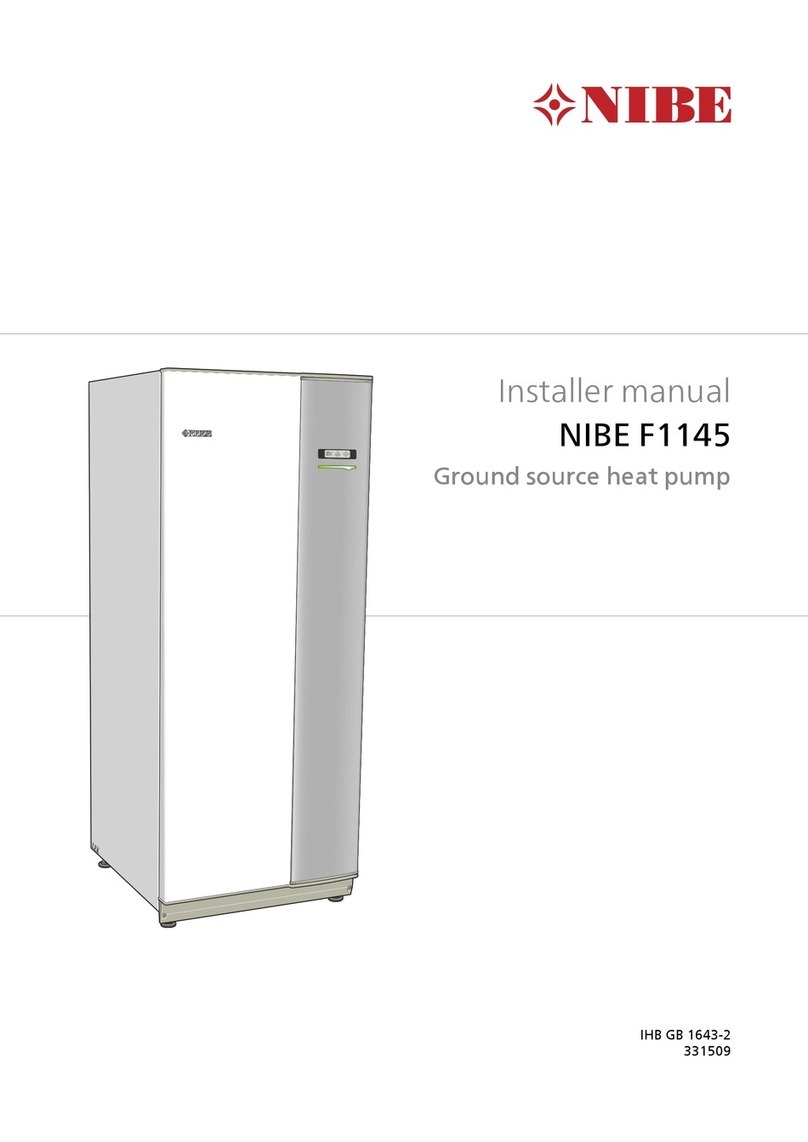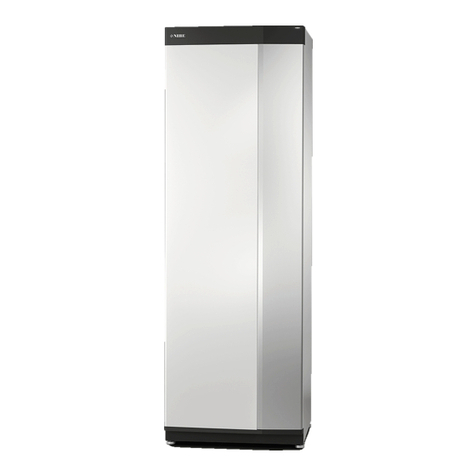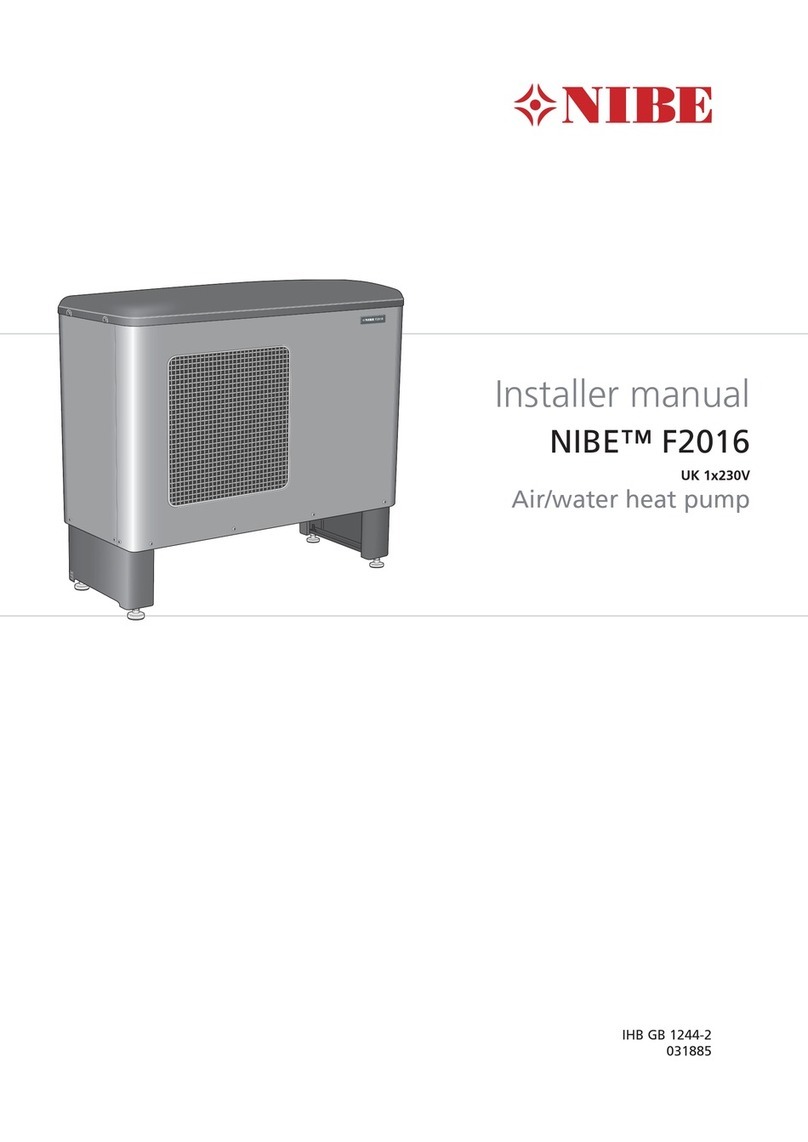
Safety precautions
Caution
Install the system in full accordance with this installation
manual.
Incorrect installation can cause bursts, personal injury, water
leaks, refrigerant leaks, electric shocks and fire.
Observe the measurement values before working on the
cooling system, especially when installing in small rooms, so
that the limit for the refrigerant's density is not exceeded.
Consult an expert to interpret the measurement values. If the
refrigerant density exceeds the limit, lack of oxygen can occur in
the event of any leak, which can cause serious accidents.
Use original accessories and the stated components for the
installation.
If parts other than those stated by us are used, water leaks, electric
shocks, fire and personal injury may occur as the unit may not
work properly.
Ventilate the working area well – refrigerant leakage may
occur during service work.
If the refrigerant comes into contact with naked flames, poisonous
gas is created.
Install the unit in a location with good support.
Unsuitable installation locations can cause the unit to fall and
cause material damage and personal injury. Installation without
sufficient support can also cause vibrations and noise.
Ensure that the unit is stable when installed, so that it can
withstand earthquakes and strong winds.
Unsuitable installation locations can cause the unit to fall and
cause material damage and personal injury.
The electrical installation must be carried out by a qualified
electrician and the system must be connected as a separate
circuit.
Power supply with insufficient capacity and incorrect function
can cause electric shocks and fire.
Use the stated cables for the electrical connection, tighten
the cables securely in the terminal blocks and relieve the
wiring correctly to prevent overloading the terminal blocks.
Loose connections or cable mountings can cause abnormal heat
production or fire.
Check, after completed installation or service, that no refri-
gerant leaks from the system in gas form.
If refrigerant gas leaks into the house and comes into contact
with an aerotemp, an oven or other hot surface, poisonous gases
are produced.
Use types of pipe and tools stated for this type of refrigerant.
Using existing parts for other refrigerants can cause breakdowns
and serious accidents due to process circuit bursts.
Switch off the compressor before opening/breaching the
refrigerant circuit.
If the refrigerant circuit is breached /opened whilst the com-
pressor is running, air can enter the process circuit. This can cause
unusually high pressure in the process circuit, which can cause
bursts and personal injury.
Switch off the power supply in the event of a service or in-
spection.
If the power supply is not shut off, there is a risk of electric shocks
and damage due to the rotating fan.
Do not run the unit with removed panels or protection.
Touching rotating equipment, hot surfaces or high voltage parts
can cause personal injury due to entrapment, burns or electric
shocks.
Cut the power before starting electrical work.
Failure to cut the power can cause electric shocks, damage and
incorrect function of the equipment.
Care
Carry out the electrical installation with care.
Do not connect the ground lead to the gas line, water line,
lightning conductor or telephone line's ground lead. Incorrect
grounding can cause unit faults such as electric shocks due to
short-circuiting.
Use main switch with sufficient breaking capacity.
If the switch does not have sufficient breaking capacity, malfunc-
tions and fire can occur.
Always use a fuse with the correct rating in the locations
where fuses are to be used.
Connecting the unit with copper wire or other metal thread can
cause unit breakdown and fire.
Cables must be routed so that they are not damaged by
metal edges or trapped by panels.
Incorrect installation can cause electric shocks, heat generation
and fire.
Do not install the unit in close proximity to locations where
leakage of combustible gases can occur.
If leaking gases collect around the unit, fire may occur.
Do not install the unit where corrosive gas (for example ni-
trous fumes) or combustible gas or steam (for example
thinner and petroleum gases) can build up or collect, or where
volatile combustible substances are handled.
Corrosive gas can cause corrosion to the heat exchanger, breaks
in plastic parts etc. and combustible gas or steam can cause fire.
Do not use the unit for specialist purposes such as for storing
food, cooling precision instruments, freeze-conservation of
animals, plants or art.
This can damage the items.
Do not install and use the system close to equipment that
generates electromagnetic fields or high frequency harmon-
ics.
Equipment such as inverters, standby sets, medical high frequency
equipment and telecommunications equipment can affect the
unit and cause malfunctions and breakdowns. The unit can also
affect medical equipment and telecommunications equipment,
so that it functions incorrectly or not at all.
Take care when carrying the unit by hand.
If the unit weights more than 20 kg, it must be carried by two
people. Use gloves to minimize the risk of cuts.
Dispose of any packaging material correctly.
Any remaining packaging material can cause personal injury as
it may contain nails and wood.
Do not touch any buttons with wet hands.
This can cause electric shocks.
Do not touch any refrigerant pipes with your hands when
the system is in operation.
During operation the pipes become extremely hot or extremely
cold, depending on the method of operation. This can cause burn
injuries or frost injuries.
Do not shut off the power supply immediately after operation
has start.
Wait at least 5 minutes, otherwise there is a risk of water leakage
or breakdown.
Do not control the system with the main switch.
This can cause fire or water leakage. In addition, the fan can start
unexpectedly, which can cause personal injury.
Especially for units intended for R410A
- Do not use other refrigerants than R410A. R410A means that
the pressure is about 1.6 times as high as conventional refriger-
ants.
- The filling connections on units with R410A are different sizes,
to prevent the system being filled with the incorrect refrigerant
by mistake.
- Do not use charging bottles. These types of bottles change the
composition of the refrigerant, which makes the performance of
the system worse.
- When filling refrigerant, the refrigerant must always leave the
bottle in liquid form.
NIBE™ F1345Chapter 1 | Important information4


















